At Boulder Food Rescue, they take the dynamics of power and access seriously. In fact, they spend considerable time every day trying hard to stand the traditional charity model on its head.
It is true that the underpinning of the food rescue is an attempt to fill gaps left by traditional food access agencies and minimize the food waste, particularly with fresh fruits and vegetables, in the overarching food system. But at Boulder Food Rescue an equal measure of focus is placed on an inclusive structure that doesn’t just encourage participation of all partners, it requires it.
“This is really about creating a participatory structure,” said Hayden Dansky, the rescue’s director. “That means that our community members who receive the food are as deeply engaged in what this process looks like as we are.” Dansky said the effort began by acknowledging the traditional barriers to access like transportation, paperwork and red tape, cost, accessibility due to opening and closing times and finally, shame and stigma. Then they began to think about how those multiple barriers interacted with each other to make it even more difficult for any one of them to be overcome.
That reckoning produced the model the food rescue has been refining for the last eight years, now through its 28 neighborhood and 11 additional sites. The majority of these sites are located at affordable housing locations, senior centers, daycare centers and at schools until the global pandemic closed the school sites.
According to Dansky, it begins and ends with power. “I think that there’s listening that has to happen and a humbling that has to happen and a desire to be in connection with others. We can just get trapped in fear of if we give up power. Something might not go well. We won’t have control. It’s a constant practice of giving up power and seeing it bloom. Not being in control is not a bad thing. It enables stronger systems to happen.
” For Boulder Food Rescue, that stronger system means that every site where food is distributed direct from grocery stores to their grocery programs is managed by people in that community. They set the rules of access. They manage the times of opening and closing. They work with their neighbors who need different or additional support. They conduct marketing for the site. They request what they need. And in that process, they walk away from the shame and stigma and into an expanded sense of community.
In practice, that means some community sites create more of a shopping experience for their clients. Others pre-bag food and hand it out or deliver it to clients who have mobility or transportation issues. Each site adjusts its days and hours of operation to meet community needs, though direct distribution from the retailer to the grocery programs happens about 12 times every day, so there are 12 programs running each day, with not every program running every day.
Dansky has a few key takeaways they believe can make any participatory process work better.
Create meaningful avenues for feedback. Ensure that your organization is prepared to listen and act on the feedback it receives from participants. Create shared expectations about how ideas and criticisms will be incorporated and how change will be approached.
Develop opportunities for engagement at every organizational level. Often, opportunities for engagement for participants looks like too much: Think serving as the chair of a large participant advisory board. Or too little: Think, stuffing a comment card into a box. The greater the opportunities for engagement, the greater the likelihood that power can be shared across the organization.
Think and speak in terms of community resiliency. The communities that work with the Boulder Food Rescue aren’t being saved. There is no brokenness to fix. These communities are using the resources available to take care of their own communities and build each other up.
The team at the Boulder Food Rescue sees the pandemic as an opportunity. Communities are engaging even more deeply as they move to protect and support those neighbors who are particularly vulnerable. Traditional food access challenges have been swept away quickly. Dansky wonders what this will mean for a post-COVID future.
“The system barriers crumbled really quickly in the face of COVID. And I think we need to stop now and ask ourselves why we can’t continue to do things differently," Dansky said. “What would be the sense in just putting those barriers back into place? What if we built something different together? I’ve seen it happening in our community partners. And while I didn’t think it was possible, my faith in this work has deepened.”

